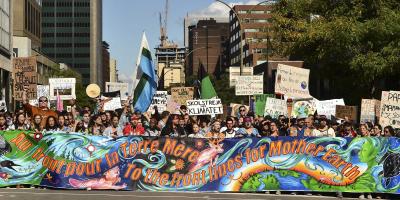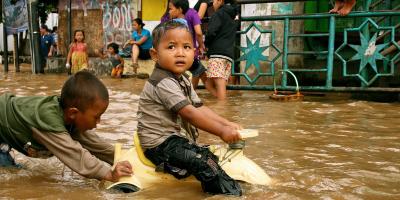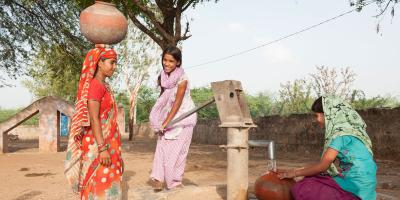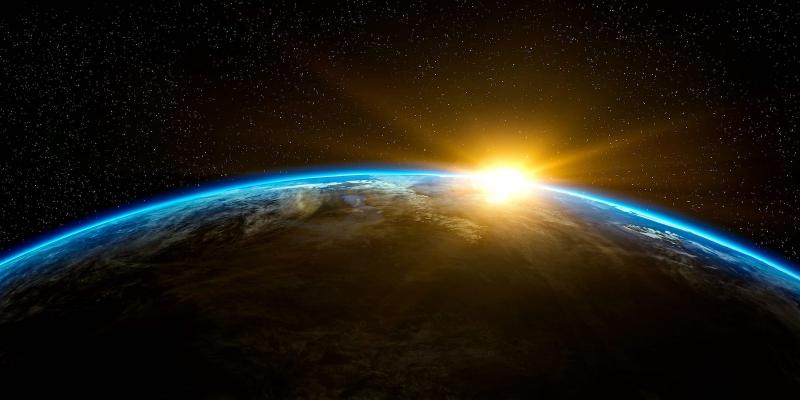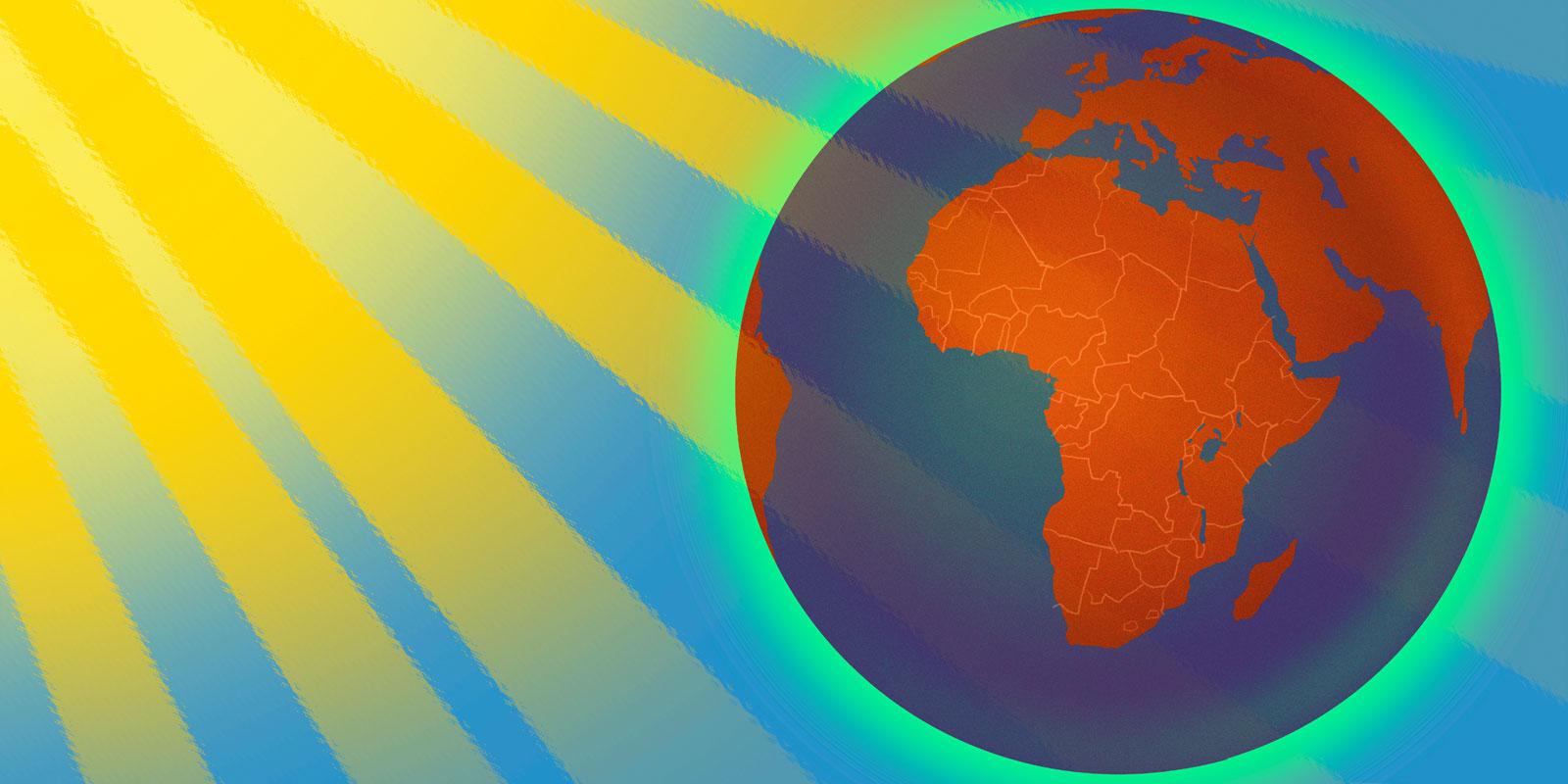
Heat is necessary for all life on Earth. However, right now many people are worried that the Earth is getting too hot. Last year, for instance, we saw more drought in Europe, extreme heat in India and more violent storms in the USA and West Africa. This is due to climate change.
For a long time, humans have used fossil fuels like oil, coal and gas to enable them to drive more cars, operate larger factories, fly further and grow crops and raise livestock on large farms. In large parts of the world a lot of resources are consumed for everything from heating to cooking and computers. All this results in large emissions of carbon dioxide.
Our blanket is getting too hot
Carbon dioxide is a natural component of the Earth’s atmosphere, which is made up of a variety of gases. The atmosphere is like a warm blanket around the planet. Without it the temperature would be around 30 degrees colder than it is now! But as humans release more and more greenhouse gases, such as carbon dioxide and methane, this blanket has become thicker and so the Earth is getting hotter. The natural greenhouse effect has increased significantly and this raises the temperature of the ground.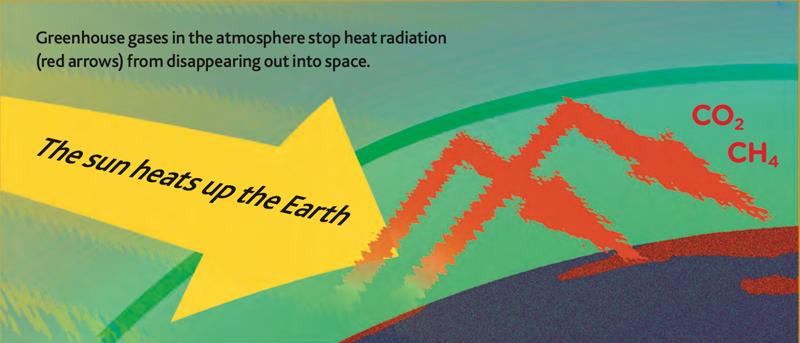
Changing climate
As the earth gets hotter, the climate changes. Climate is the weather over a long period of time, such as how hot it tends to be and how much it usually rains. If the Earth gets hotter, there may be more drought and less rain. However, it may also rain more in certain places, with more violent storms and more flooding. Both animals and humans may have more difficulty finding good places to live.
What happens now?
It’s hard to say exactly how the climate will change in different locations around the world, but we know for certain that there will be climate change as the Earth heats up. This may make entire countries uninhabitable. In the worst-case scenario almost the entire planet may become uninhabitable! But it doesn’t have to be that way!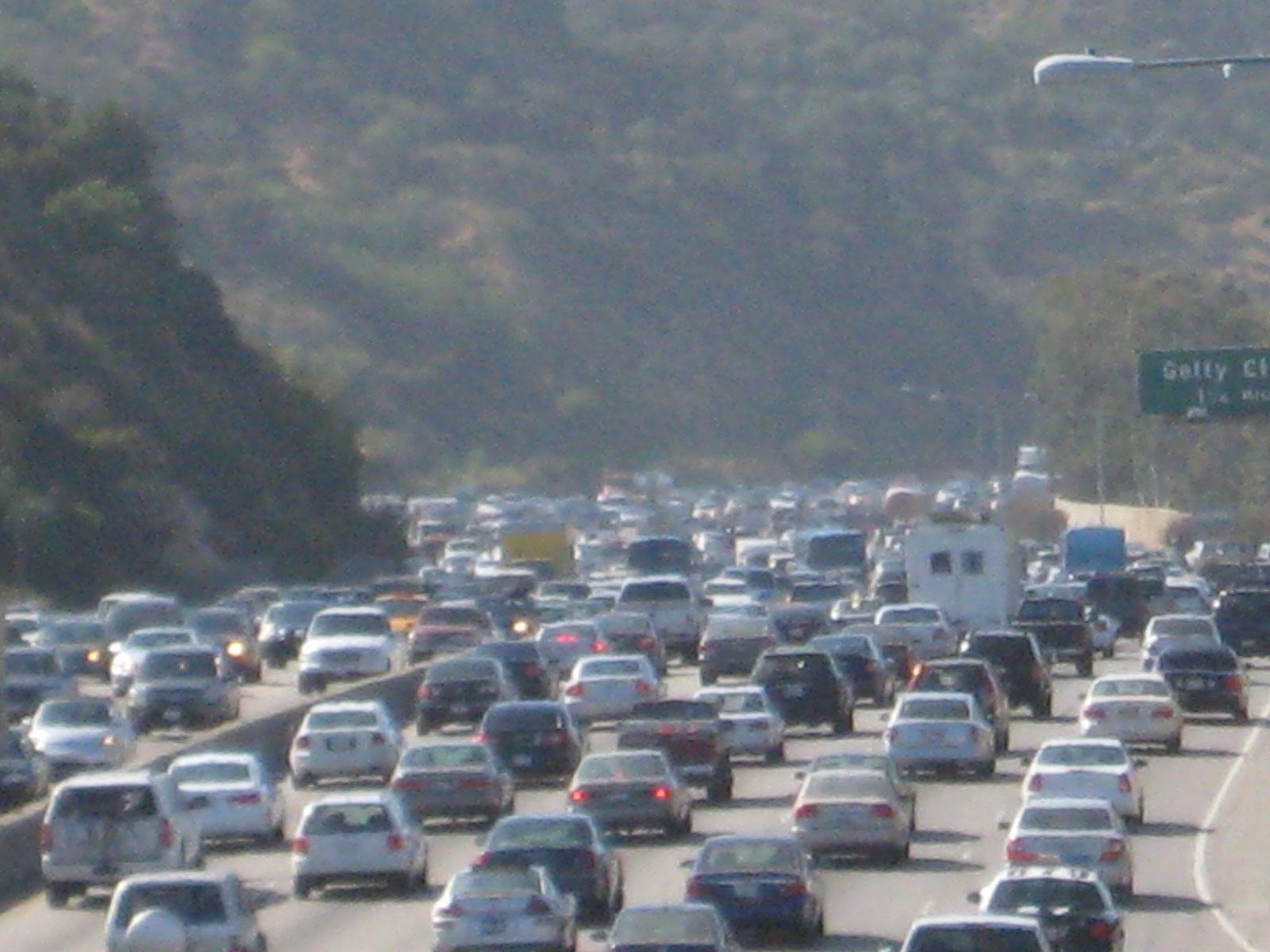
Cars driven on fossile fuels such as petrol, release a lot of carbon dioxide into the atmosphere. Photo: Biofriendly CC BY 2.0
Fighting for change
Today, many individuals are working together, children, young people, scientists and politicians, to stop climate change. No one can do everything, but everyone can do something. And that includes you!The greenhouse effect
The sun’s rays hit the ground and turn into heat that radiates out from the Earth’s surface. The atmosphere contains greenhouse gases like carbon dioxide (CO2) and methane (CH4) that prevent this heat radiation from disappearing out into space and keep the heat in the atmosphere for longer – otherwise the planet would be too cold to live on. Now, though, we have the opposite problem. The amount of greenhouse gases in the atmosphere is increasing so sharply and rapidly that the level of retained heat is getting to be more than humans, animals and nature can deal with.
Harmful fuels
Fossil fuels are primarily the remains of old plant material that has been stored in the ground for hundreds of millions of years. When humans burn coal, oil or natural gas now, it takes just a few years to release carbon dioxide that has been absorbed by plants over many millions of years!
Vital forests
Major forest fires release a lot of carbon dioxide into the atmosphere. This is not a problem if the forest grows back, with new trees to absorb and store the carbon dioxide again. This cycle has been going on throughout Earth’s history. However, if forest is burned or chopped down with no new forest to replace it, the amount of carbon dioxide in the atmosphere increases very rapidly. Large forestry companies can fell huge areas at a time, and it takes a long time for new trees to grow back. Time we don’t have.Rising sea levels
As the earth gets hotter, sea levels rise. Mostly because warmer water expands and takes up more room, but also because glaciers (ice on land) melt and flow into the sea. People who live near the coast or on islands may have to move if sea levels rise and submerge their homes and fields.Related stories
Långgatan 13, 647 30, Mariefred, Sweden
Phone: +46-159-129 00 • info@worldschildrensprize.org
© 2020 World’s Children’s Prize Foundation. All rights reserved. WORLD'S CHILDREN'S PRIZE®, the Foundation's logo, WORLD'S CHILDREN'S PRIZE FOR THE RIGHTS OF THE CHILD®, WORLD'S CHILDREN'S PARLIAMENT®, WORLD'S CHILDREN'S OMBUDSMAN®, WORLD'S CHILDREN'S PRESS CONFERENCE® and YOU ME EQUAL RIGHTS are service marks of the Foundation.



